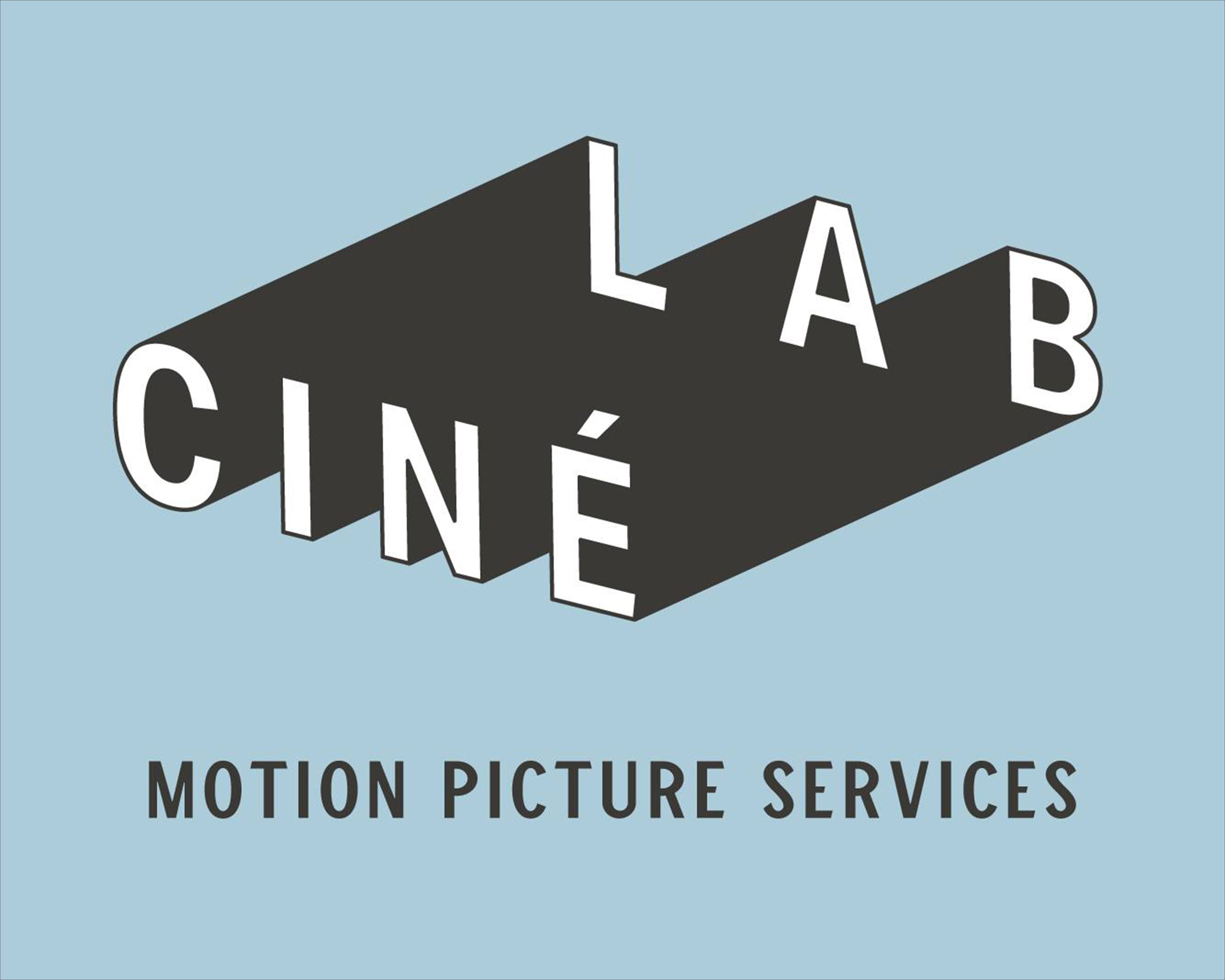You are using an out of date browser. It may not display this or other websites correctly.
You should upgrade or use an alternative browser.
You should upgrade or use an alternative browser.
Lighting [for post b&w]
- Thread starter sbinc
- Start date
D
Dougyfresh13
Guest
if you are positive you are going to change it to post in the end why not just shoot in black and white. if it is lack of a camera function i understand.
movies that i have seen in black and white are very high contrast and use the cukaloris (i think thats how its spelled) a lot for lighting effects. also be aware that you will need to backlight a lot because it will be difficult to distguish the actors otherwise from the background.
movies that i have seen in black and white are very high contrast and use the cukaloris (i think thats how its spelled) a lot for lighting effects. also be aware that you will need to backlight a lot because it will be difficult to distguish the actors otherwise from the background.
David Mullen ASC
Active member
Watch a lot of classic b&w movies -- you'll see that the issue, when the entire frame is monochrome, is avoiding muddiness (too much even greyness) and directing the eye to the subject, and separating them from the background.
To avoid mud, you need a black and a white reference somewhere in the frame. Besides lighting, it helps to dress actors with some pure black and pure white area in the wardrobe (I don't mean make large areas of set dressing or wardrobe black or white, I mean small accents like a black tie, white collar, etc.) You often see small hot spots from wall sconces or table lamps, streetlights, etc. to create a bright spot in the frame.
As for separation, backlighting is the most common technique, as long as the background is darker than the white edge you are creating. But you could also do it by framing dark against bright or bright against dark -- you don't always need to backlight. You have to think in terms of tones.
As for directing the eye, lighting can do that (important area in brighter spot of light, for example) and strong compositions. Think in terms of bolder graphics, like an ink drawing or b&w comic book would do.
Of course, there are always exceptions to the rules. 1930's b&w movies were softer and gauzier, with shallow depth of field for a romantic look; 1940's movies got higher contrast, with strong separations of bright and dark, but some French New Wave and British b&w movies of the 1950's and 1960's opted for softer lighting for a greyer but more natural look.
To avoid mud, you need a black and a white reference somewhere in the frame. Besides lighting, it helps to dress actors with some pure black and pure white area in the wardrobe (I don't mean make large areas of set dressing or wardrobe black or white, I mean small accents like a black tie, white collar, etc.) You often see small hot spots from wall sconces or table lamps, streetlights, etc. to create a bright spot in the frame.
As for separation, backlighting is the most common technique, as long as the background is darker than the white edge you are creating. But you could also do it by framing dark against bright or bright against dark -- you don't always need to backlight. You have to think in terms of tones.
As for directing the eye, lighting can do that (important area in brighter spot of light, for example) and strong compositions. Think in terms of bolder graphics, like an ink drawing or b&w comic book would do.
Of course, there are always exceptions to the rules. 1930's b&w movies were softer and gauzier, with shallow depth of field for a romantic look; 1940's movies got higher contrast, with strong separations of bright and dark, but some French New Wave and British b&w movies of the 1950's and 1960's opted for softer lighting for a greyer but more natural look.
A
Agenda Productions
Guest
Re: Lighting [for post b&w]
I recently shot a short film on 7218 for conversion to B&W. After considerable tests i realised that for a straight to video release i didn't bother correcting with an 85 as the difference was minimal. This was quite a dark film but I realised to maximize contrast i exposed a little hotter then i wanted, then when it came to Telecine i just added a bit of contrast.
Like David was saying you really need black's and white's in the frame. I found on some rooftop exteriors they were very flat.....I just tried to neg as much as possible and give kicks with bounceboards, 12x12's and HMI's as much as possible.
Regards James
Best Boy/Student DP
[email protected]
Hi,sbinc said:I'm planning to film a project in color and convert it to b&w in post production.
is there anything i should take into special consideration while i'm filming?
inregards to contrast and whatnot.
I recently shot a short film on 7218 for conversion to B&W. After considerable tests i realised that for a straight to video release i didn't bother correcting with an 85 as the difference was minimal. This was quite a dark film but I realised to maximize contrast i exposed a little hotter then i wanted, then when it came to Telecine i just added a bit of contrast.
Like David was saying you really need black's and white's in the frame. I found on some rooftop exteriors they were very flat.....I just tried to neg as much as possible and give kicks with bounceboards, 12x12's and HMI's as much as possible.
Regards James
Best Boy/Student DP
[email protected]
Similar threads
- Replies
- 1
- Views
- 1,575
- Replies
- 1
- Views
- 608
- Replies
- 0
- Views
- 654
- Replies
- 0
- Views
- 331





